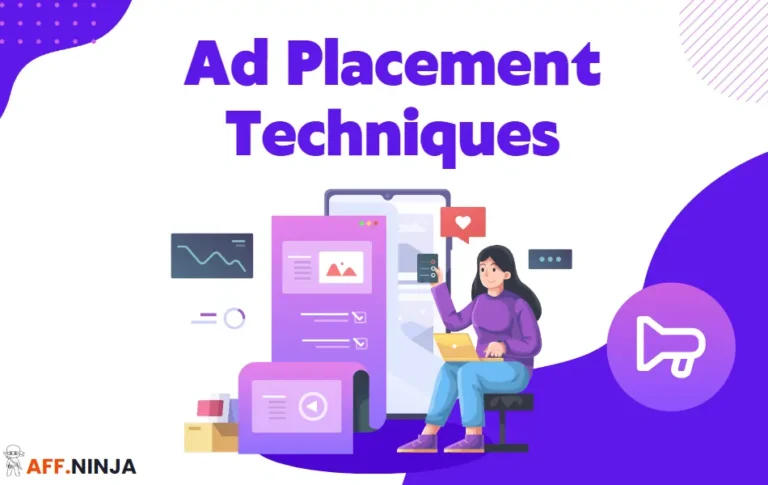Have you ever scrolled through your favorite website or social media feed and come across content that looks just like everything else, but is actually an ad?
Well, that's what Native advertising is. This clever marketing strategy blends promotional content with organic posts to capture your attention without disrupting your browsing experience. In this article, we'll be covering the ins and outs of native advertising along with some of the best ways that could help you get the maximum ROI on your native ad campaigns.
Along with that, as a bonus chunk, I have also mentioned one of the best native ad networks in the industry, so without any further adieu, let's get started! 🚀
What is Native Advertising?

Native advertising is a form of paid media that seamlessly integrates with the content of the platform it appears on, mimicking its look, feel, and function. Unlike traditional ads that can be disruptive, native ads blend in naturally, making them less intrusive and more engaging for users.
Examples include sponsored posts on social media, promoted search results, and content recommendations on websites. This approach not only enhances user experience but also boosts engagement and click-through rates, as the ads appear as a natural part of the content stream.
How Native Ads Came to Be?
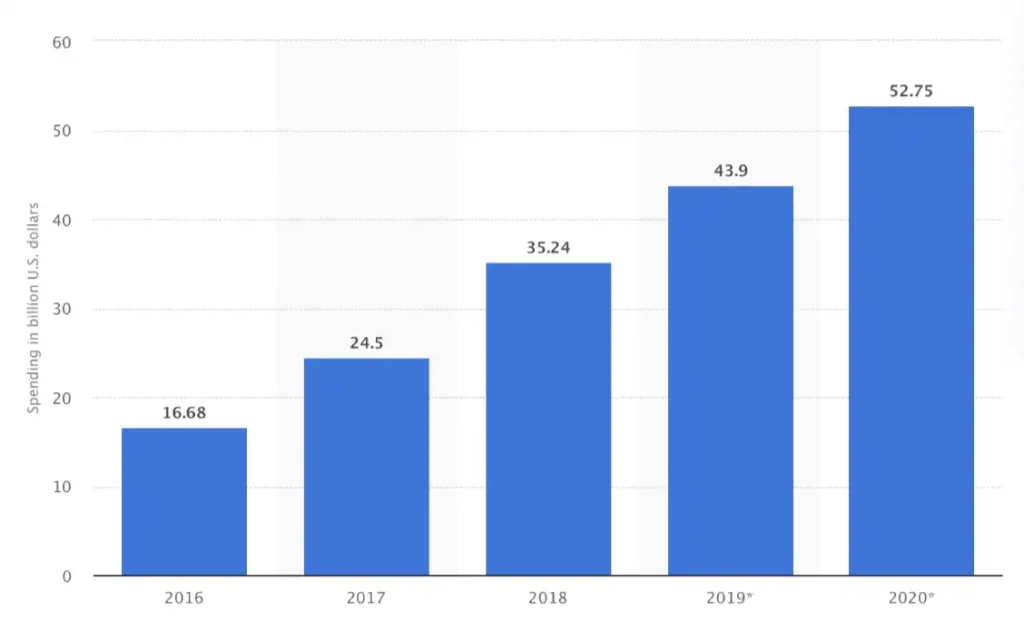
Native ads have been around for over a decade and have become more popular than those flashy display ads. They popped up because marketers needed a better way to get their content seen, especially with the challenges of SEO and the competition on social media.
These ads are designed to look and feel like the content around them, so they don't stick out like a sore thumb. Think of a sponsored YouTube video that fits right in with the other videos you watch. This makes them harder to ignore and more likely to grab your attention.
By 2025, Global Native Advertising Will Reach a Value of $400 Billion.
What Makes Native Ads Different?
Native advertising isn't just another form of paid media or content marketing. It's all about blending in with the surrounding content to create a seamless experience. Unlike content marketing, which is about building a loyal audience and showing off your expertise, native ads are more about fitting in and engaging viewers.
Native ads come in different flavors, such as:
- In-feed Ads: These show up in the content feed of a website or app, looking just like the other articles or posts. For example, sponsored articles on news websites.
- Search Ads: These appear in search engine results, mimicking the format of organic search results. Google and Bing Ads can be considered as one of the primary examples.
- Promoted Listings: These are found on e-commerce sites, looking like regular product listings. One of the most common examples is sponsored products on Amazon.
- In-App Native Ads: These ads are tailored to fit the in-app and in-game ecosystems, taking on the design and functionality of the app interface. They appear as promoted posts, videos, or interactive content within the app.
Native advertising is a go-to strategy for media buyers, internet marketers, and affiliate marketers who want to boost engagement and click-through rates.
Other Native Ad Types You Can't Miss
Well, apart from the ones we have mentioned, we can further look forward to other two ad types that come under Native advertising, programmatic native advertising, and native video advertising, let's take a look at them.
Programmatic Native Advertising
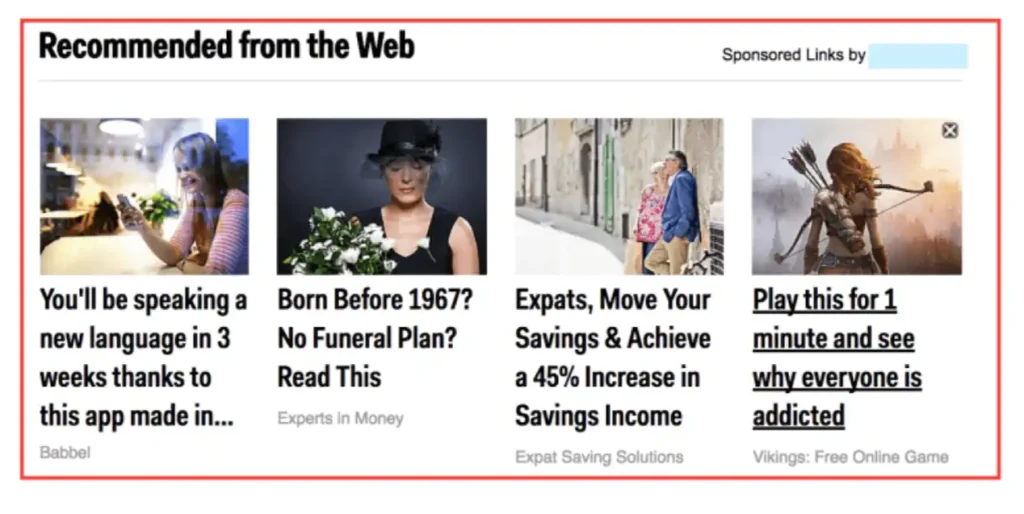
Programmatic native advertising leverages automated technologies to place native ads on targeted websites using real-time bidding and optimization. This approach allows advertisers to reach specific audiences based on demographics, interests, and behaviors, ensuring that ads are relevant and engaging.
By automating the ad buying process, programmatic native advertising enhances efficiency, reduces human error, and allows for precise targeting across multiple channels. This method combines the seamless integration of native ads with the advanced targeting capabilities of programmatic advertising, resulting in higher engagement rates and better user experiences.
Native Video Advertising
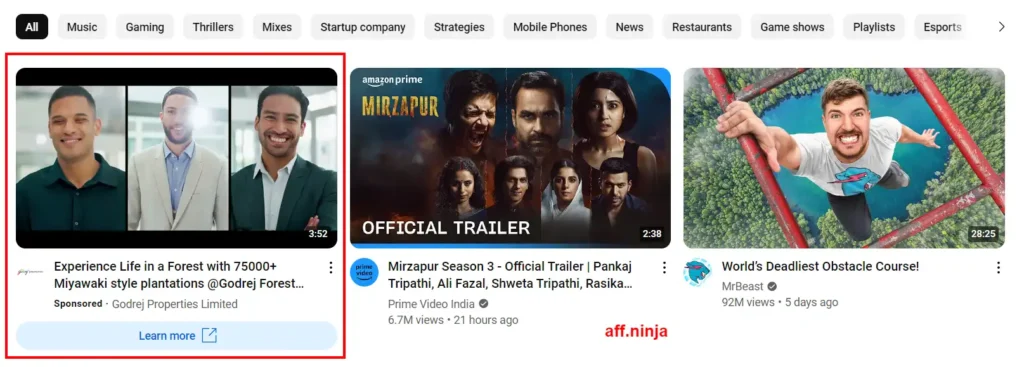
Native video advertising integrates branded video content into the user experience of a platform, making it appear as a natural part of the content. These ads are typically in-feed and designed to match the look and feel of the surrounding content, making them less intrusive and more engaging.
Native video ads can be found on social media platforms, video-sharing sites, and mobile apps. They are effective in capturing user attention, boosting ad recall, and increasing purchase intent by providing valuable, entertaining, or educational content that resonates with the audience.
Why Native Advertising Rocks?
Native advertising has flipped digital marketing on its head, bringing some serious perks compared to old-school ads. By blending promotional content right into the user experience, native ads score big in trust, value, engagement, audience targeting, and click-through rates.
1. Enhanced User Engagement
Native advertising excels in capturing user attention by seamlessly blending with the content users are already consuming. Unlike traditional ads that can be disruptive, native ads provide a more enjoyable and less intrusive experience. This integration fosters higher engagement rates, as users are more likely to interact with ads that feel like a natural extension of their browsing journey.
Research shows that native ads have a click-through rate 8.8 times higher than standard display ads, making them a powerful tool for driving user interaction.
2. Superior Audience Targeting
One of the standout benefits of native advertising is its ability to deliver highly personalized content. By leveraging user data, native ads can be tailored to match individual preferences, behaviors, and interests. This level of audience targeting ensures that the right message reaches the right people at the right time, significantly increasing the likelihood of engagement and conversion.
For instance, a luxury watch brand can target affluent adults interested in high-end products, ensuring their ads are seen by those most likely to convert.
3. Boosted Brand Awareness
Native advertising is also highly effective in building brand awareness. Because these ads are designed to blend in with the platform’s content, they are perceived as more trustworthy and less intrusive. This positive perception helps improve brand affinity and recall.
Even if users do not click on the ad, they are still exposed to the brand, logo, or product, which builds familiarity and can influence future purchasing decisions. Studies have shown that native ads can increase purchase intent by 18%, highlighting their effectiveness in driving brand awareness.
4. Seamless Content Integration
The ability of native ads to integrate seamlessly with the surrounding content is another reason why they are so effective. These ads match the look, feel, and function of the media format in which they appear, making them less likely to be ignored. This integration not only enhances the user experience but also ensures that the advertising message is delivered in a contextually relevant manner.
For example, a native ad on a news website might look like an editorial article, providing valuable information while subtly promoting a product or service.
5. Trust and Value

Native ads use editorial smarts to deliver content that clicks with readers, making them way more trusted and valuable than flashy display ads. People check out native ads 53% more than display ads, and these ads give an 18% boost in purchase intent.
Native ads often crush other formats by naturally grabbing users' attention. They fit right in with the platform's vibe and the user's experience, making them less annoying and more enjoyable.

Adsterra
Adsterra stands out as one of the best native ad networks. Their Social Bar ads are particularly noteworthy, blending seamlessly into content like system notifications or messenger apps, making them highly engaging and resistant to ad blockers.
Adsterra's native banners are customizable, allowing publishers to match the look and feel of their websites for a truly native experience. With over 30 billion ad impressions served monthly and a global reach, Adsterra provides advertisers with extensive targeting options and AI-driven optimization.
How to Create a Native Ad Campaign?
- Set Campaign Goals: Define what you want to achieve, such as lead generation, sales, or brand awareness.
- Identify Your Target Audience: Use buyer personas and market research to understand who you want to reach.
- Choose the Right Platform: Select publishers and platforms that align with your audience and campaign goals.
- Create Compelling Content: Develop high-quality, relevant content with engaging headlines, visuals, and clear calls to action.
- Set Your Budget and Bids: Allocate your budget and set competitive bids to maximize reach and performance.tbl
- Launch and Monitor: Launch your campaign, track key metrics, and optimize based on performance data.
Native Advertising Vs Display Ads
| Parameter | Native Ads | Display Ads |
|---|---|---|
| Visibility | Blends with content, less intrusive | Stands out, highly visible |
| Engagement | Higher click-through rates (CTR) | Lower CTR due to ad blindness |
| Cost | Higher initial cost, but better long-term ROI | Lower click costs, but can be less effective |
| User Experience | Seamless integration, non-disruptive | Can be intrusive and lead to ad fatigue |
| Effectiveness | Better for engagement and brand trust | Effective for immediate visibility and awareness |
Native ads and display ads are two prominent forms of digital advertising, each with unique characteristics and benefits.
Native ads are designed to blend seamlessly with the content of the platform they appear on, providing a non-disruptive user experience. They often appear as sponsored articles, in-feed social media posts, or content recommendations, and are known for their higher engagement rates and better user experience.
In contrast, display ads are more visually distinct and are placed in designated spaces on websites or apps, such as banners or pop-ups. These ads are designed to stand out and capture immediate attention, making them effective for brand awareness and time-sensitive promotions.
How to Spot a Native Ad?

Spotting a native ad can be tricky as it blends with the surrounding content. Look for disclosure labels like “Sponsored,” “Promoted,” or “Advertisement.” Pay attention to subtle design differences, such as fonts or colors, and unusually high-quality content. Also, check for prominent branding or logos and out-of-context content that stands out from regular posts.
Answering Questions Related to Native Advertising
How Does Native Advertising differ from Display Advertising?
Native ads blend with the platform's content, providing a non-disruptive experience, while display ads are visually distinct and placed in designated spaces like banners or pop-ups.
What Types of Native Advertising Exist?
Types include in-feed/in-content ads, content recommendation widgets, branded/native content, promoted listings, and in-app native ads.
How Can I Spot a Native Ad?
Look for disclosure labels like “Sponsored” or “Promoted,” subtle design differences, prominent branding, and out-of-context content.
What are the Best Practices for Selecting Content for Native Ads?
Ensure content is high-quality, relevant, engaging, and aligned with the platform's style. Use clear calls to action and tailor content to your target audience's interests and behaviors.
Ready to Give It a Shot?
As we wrap up our article on native advertising, it's clear that this innovative approach is here to stay. By seamlessly blending into our digital experiences, native ads are changing the game for both marketers and consumers.
From scrolling through social media to reading your favorite blog, or shopping online, native ads are there, subtly enhancing your experience rather than interrupting it. No doubt that native advertising will undoubtedly play a crucial role in shaping how brands communicate with their audiences.
The next time you come across a piece of content that feels just right, take a closer look – you might just be experiencing the magic of native advertising!


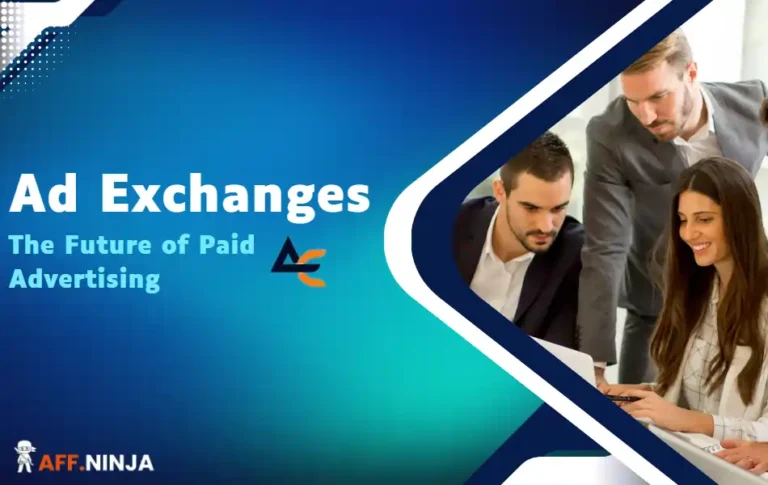
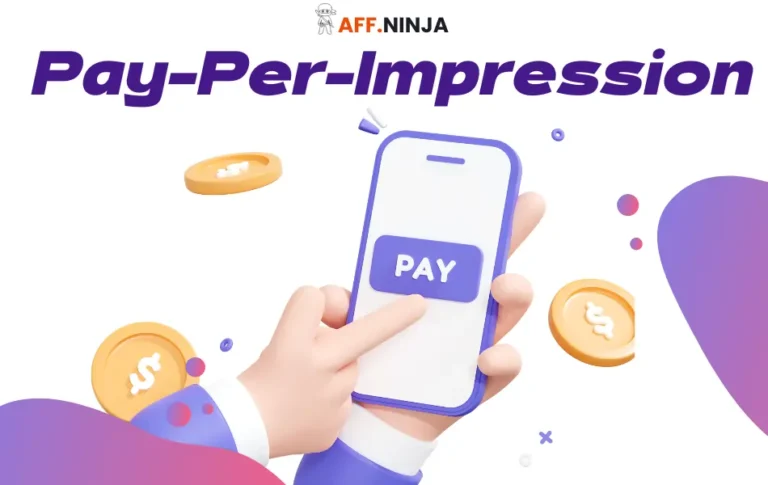
![Best Ways To Create Native Ads For Traffic Monetization [2024] 11 Best Ways To Create Native Ads For Traffic Monetization [2024]](https://aff.ninja/wp-content/uploads/2021/01/Create-Native-Ads-768x384.jpeg)

